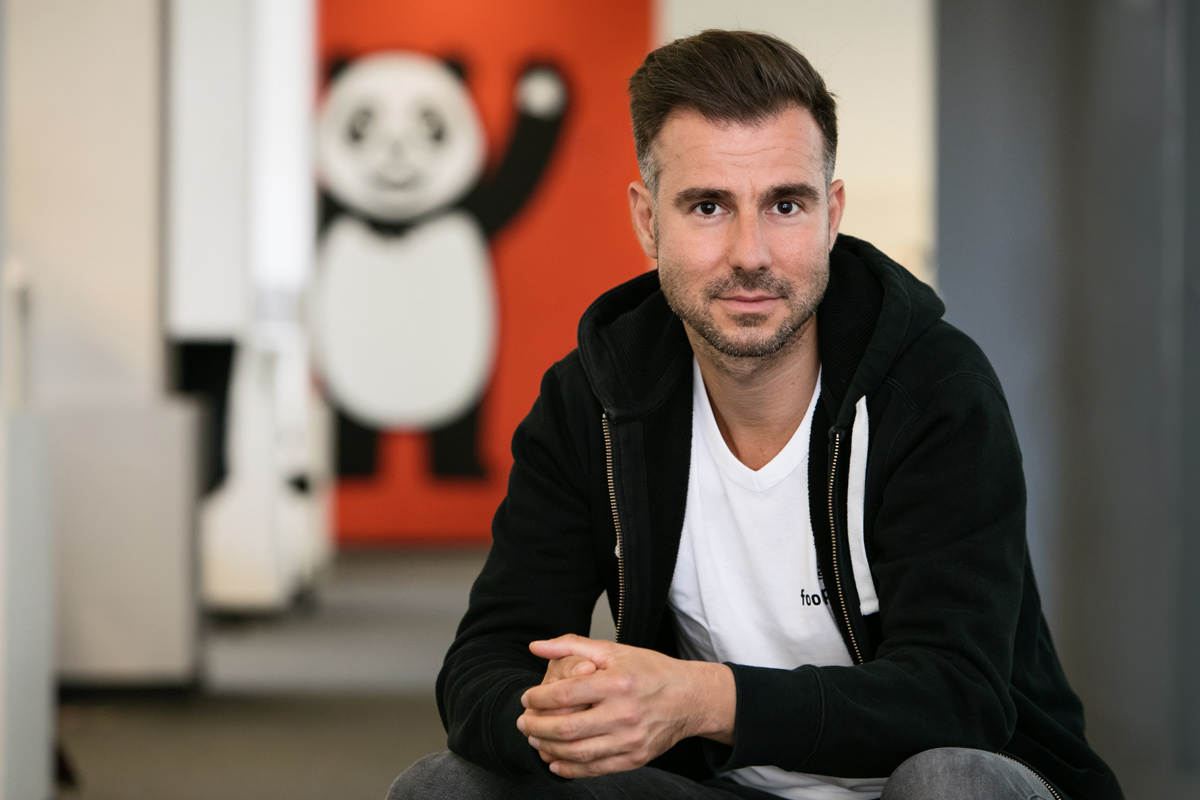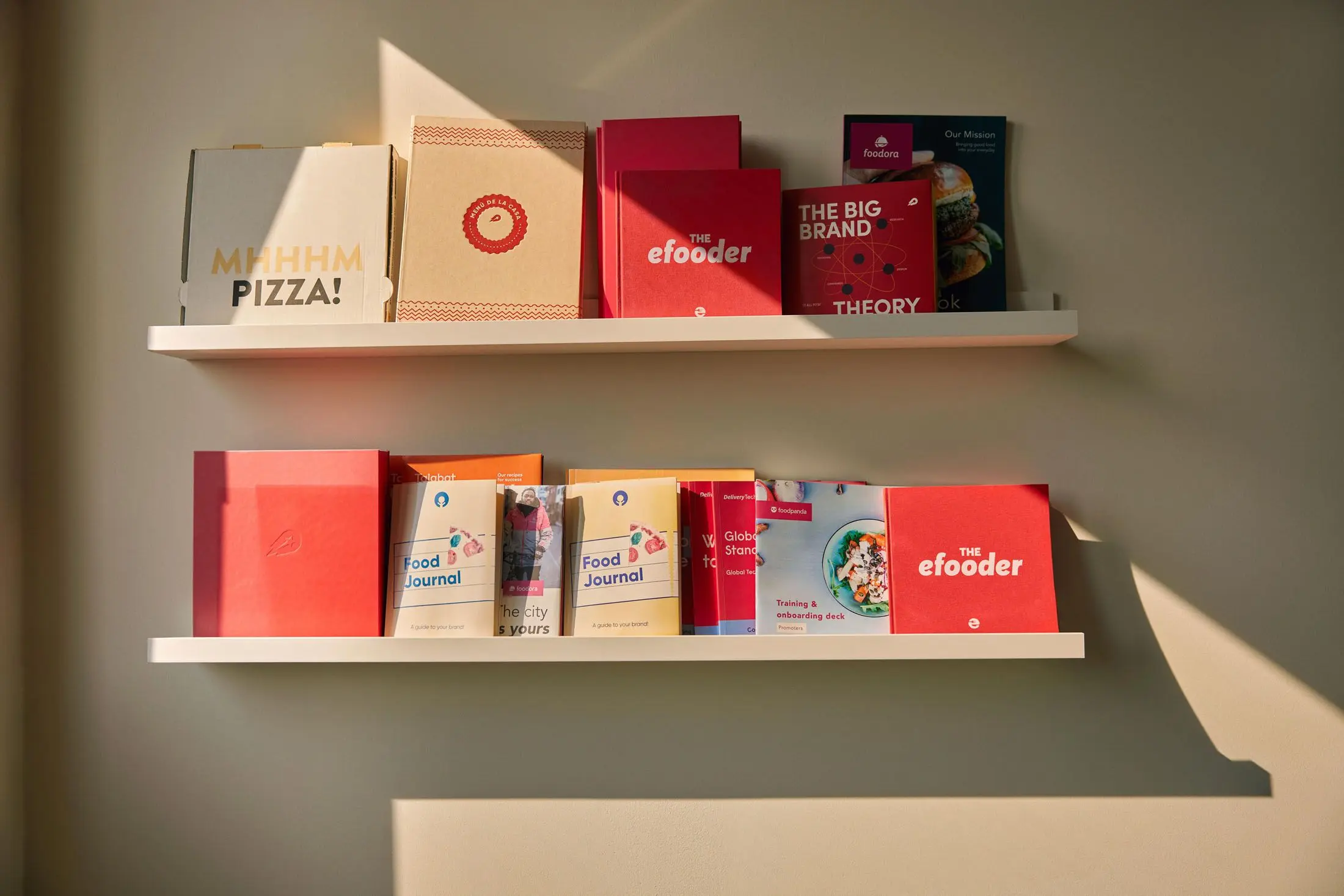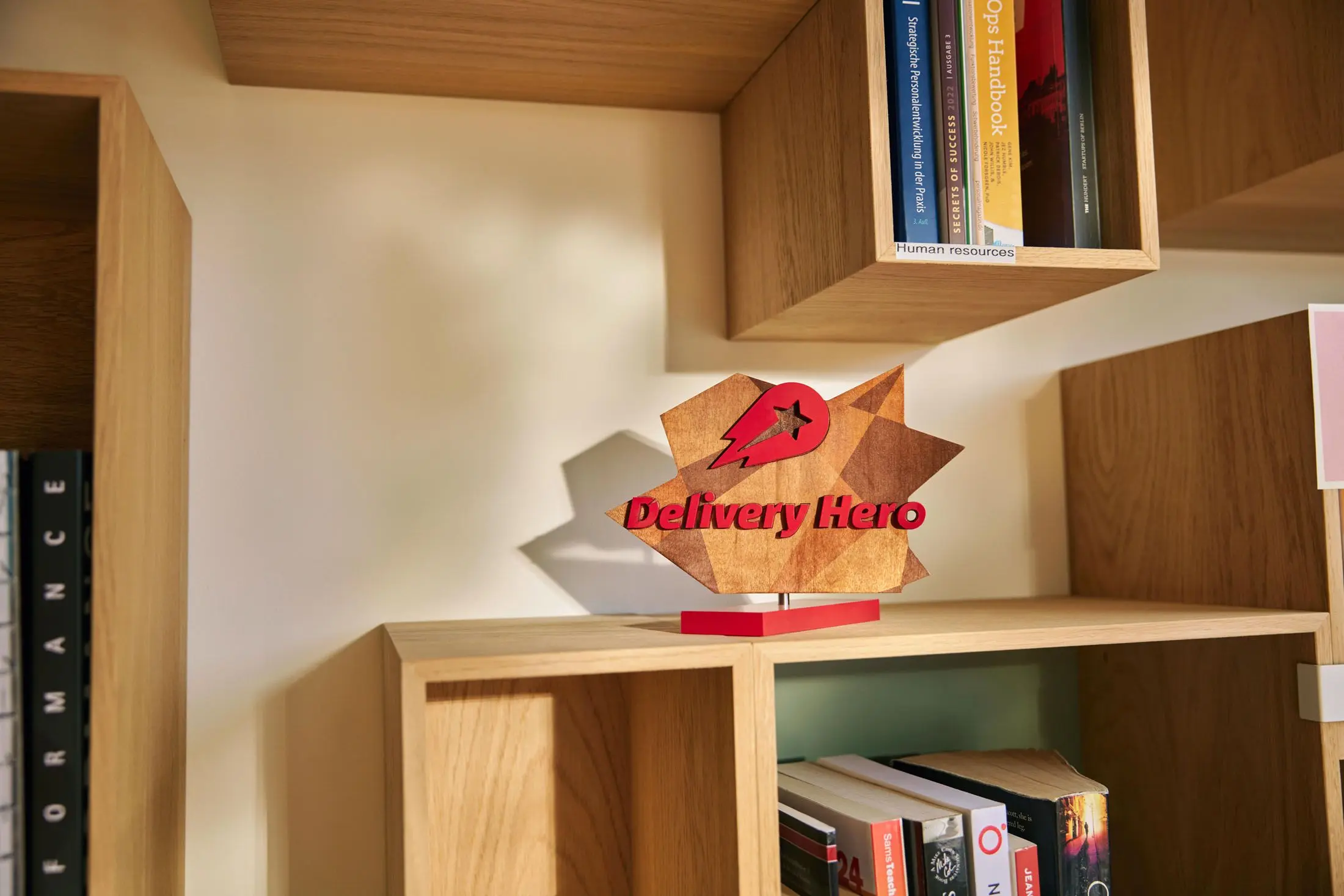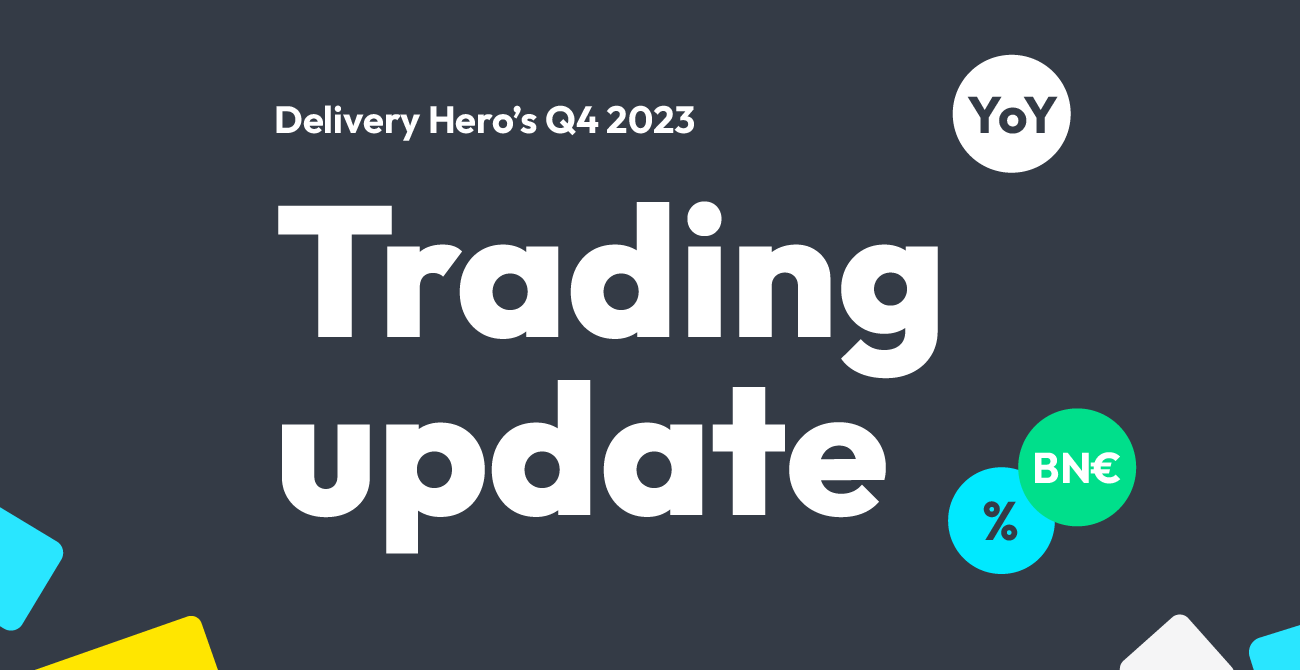Where will Delivery Hero’s journey take us, Mr. Strategy?
[vc_row][vc_column css=”.vc_custom_1522855362394{padding-bottom: 20px !important;}”][vc_column_text]
10 questions to Ralf Wenzel, Chief Strategy Officer at Delivery Hero
- Ralf, you joined Delivery Hero as Chief Strategy Officer at the end of 2016. Can you tell us a bit about your journey to the company?
I founded the foodpanda business in 2012 as a food delivery marketplace that was initially focused on South-East Asia, starting in Singapore before rolling out into many other Asian markets. Given the success of foodpanda in Asia, we expanded into the Middle East, Eastern Europe and Russia, as well as Latin America. I got to know Niklas, the CEO of Delivery Hero, in 2014. It marked the beginning of our joint journey and we agreed to strengthen foodpanda in Asia and Delivery Hero in Latin America. That same year both companies – and especially Niklas and I – began to build a very strong relationship, which eventually led us to joining forces and merging our businesses. We knew this would give us both more strength, more powerful management and eventually help us become the global leader. We successfully brought our companies together at the end of 2016 and as part of that integration I decided to join the global Delivery Hero management, focusing on the global strategic development of the company.
- What does your role as CSO actually entail?
I believe that any company can be successful so long as it has access to capital – only then can it invest in people, growth, and innovation. Accordingly, our primary goal is to ensure that Delivery Hero always has access to capital; before the IPO, we focused on private sources of capital, but since our IPO in 2017, we have the opportunity to raise capital in the public market. There are a significant number of public investors, which gives us a lot more possibilities, but also highly increases our workload. My second task is to ensure the entire outside world – including investors, the industry and the general public – understand what we are doing. This has a huge impact on our ability to find capital and investors, build successful partnerships, and attract the general public as customers or employees (or both). For that reason, my team is working on public relations, investor relations and business development activities. The third task is to foster the growth of Delivery Hero. In the past, we have not only grown organically, but also performed a number of strategic acquisitions. My team is responsible for finding, assessing and executing such mergers and acquisitions. We are also identifying complementary businesses outside of our core field that can contribute to creating amazing takeaway experiences.
- Speaking of strategy, what can you reveal about Delivery Hero’s current strategy?
A fundamental part of our strategy is to convert the current food delivery market from offline to online, since about 90% of all orders still get to the restaurants via phone. We’re also aiming to increase the total market size by convincing customers how convenient it is to get food delivered to their doorstep. That said, we are keen to build a unique product and an outstanding experience that creates truly joyful moments to accelerate the change of customers’ behavior from cooking to ordering. One could also say that we connect food with people, and we want to achieve that in the most enjoyable way while contributing to people’s happiness. Another goal we are strongly focused on is being number one in all of our markets. We are driven by winning and believe that only as the leading company in the market can you really create these enjoyable und unique moments. The last, but probably most important, part of our strategy is to create an amazing company with a culture that everyone enjoys. The whole management team is intent on building an exceptional workplace which people feel proud to tell their kids about.
- Investor Relations are a material part of your role. The share price has increased by about 54%* since IPO, and research analysts recommend buying shares. What’s the magic behind the business model?
The business model of Delivery Hero is a very unique one because it creates great loyalty; people stay with the platform if the experience is good. They will come back every month or every week, and they will increase ordering frequency as the service gets better, as we have more restaurants on the platform, and as we have own delivery. The real magic of the business model is that food is one of the largest industries worldwide, with bigger growth opportunity than electronics, travel, and even fashion. We are in many markets where online penetration and smartphone adoption is only at the very beginning and the overall food ordering behavior is still mostly offline. The combination of all these points make Delivery Hero one of the most preferred business models for an investor’s long-term commitment.
- When talking to investors, what is the biggest challenge you are confronted with?
Financial investors are typically coming from the US, as well as Western Europe, whereas most of our business takes place in emerging markets like the Middle East or Latin America. We have put a lot of effort into explaining the value and characteristics of these specific markets to investors, since they potentially have not invested into them before. Delivery Hero was a pioneer of sorts in that field, having been one of the first German listed companies with the highest growth opportunities in emerging markets. After meeting hundreds of investors in the last months, I can say today that we did a good job and many investors now understand the value and appreciate the market growth opportunities accordingly.
- Your team is often talking about cohorts. What does that actually mean and why are cohorts so important?
Cohorts describe the re-ordering behavior of customers – so, basically, customer retention rates. As I’ve mentioned before, to produce enjoyable moments that will create habits is the most fundamental part of our belief, strategy and investment story. As people continue coming back, our cohorts will grow, hence cohorts are the indicator we are most focused on. Our mission is to make Delivery Hero, with its respective brands, a synonym for food delivery. For example, in Argentina we want people to “Google” a term, to “Skype” with their friends, and to “PedidosYa” their food.
- Do you personally contribute to great cohorts? In other words, what’s your favorite takeaway and how often do you order?
Absolutely, yes. I usually order three to five times a week. Together with my 18-year-old son who uses my account, we sometimes place up to 10 orders a week, so I think I’ve created a little bit of a benchmark in terms of habit and frequency that others should follow. I don’t have a favorite takeaway and like to try out different types of cuisines. When it comes to ordering, I’m a very spontaneous person – it depends on the day and my mood.
- Have you ever delivered takeaway to customers yourself?
Yes, several times, especially in some of the Asian markets where I’ve been the founder and CEO. I still remember a not so enjoyable experience in Singapore where we tried motor-equipped bicycles. Within the first few minutes of my shift, the engine failed, and I had to end my shift by cycling up and down the hills of Singapore – at lunchtime with temperatures of 35 degrees. One of the customers even invited me to come inside and take a shower. It truly was one of the most exhausting work experiences of my life.
- You travel a lot and have an international background. What’s your favorite place?
I grew up partially in Cuba, which I consider my second home and the place I would always go back to. Travelling to more than 60 countries over the last few years has made me acknowledge and recognize that there’s more than just “the” favorite destination. The world is such an amazing place despite all the problems we’re experiencing – people all over the globe can be very nice and there are lovely places everywhere.
- Back to business: What do you consider to be the most important trends in the food and tech industry?
We’re currently observing a trend whereby the entire restaurant industry that has not been exposed to technology or the use of data so far is getting disrupted. First, new kitchen and restaurant concepts that focus much more on food quality and diversity appear. We will see more and more of these innovative concepts evolving and becoming part of the variety we have on our platforms. Second, there is generally a big trend towards all kinds of on-demand services; prepared food is only the starting point of an upcoming on-demand revolution. However, we should always carefully assess if it makes sense economically to leverage our strength, customer loyalty, and delivery capabilities, for example adding groceries to delivery. Also, artificial intelligence allows for evaluating data and provides even more dynamic personalization as well as proficient logistics, like Blockchain technology enabling us to trace back where the food is coming from, so there are completely new ways to create amazing takeaway experiences in the future.
* final IPO offer price: 25.50 €; closing price March 26th 2018: 39.22 €[/vc_column_text][/vc_column][/vc_row]




Share